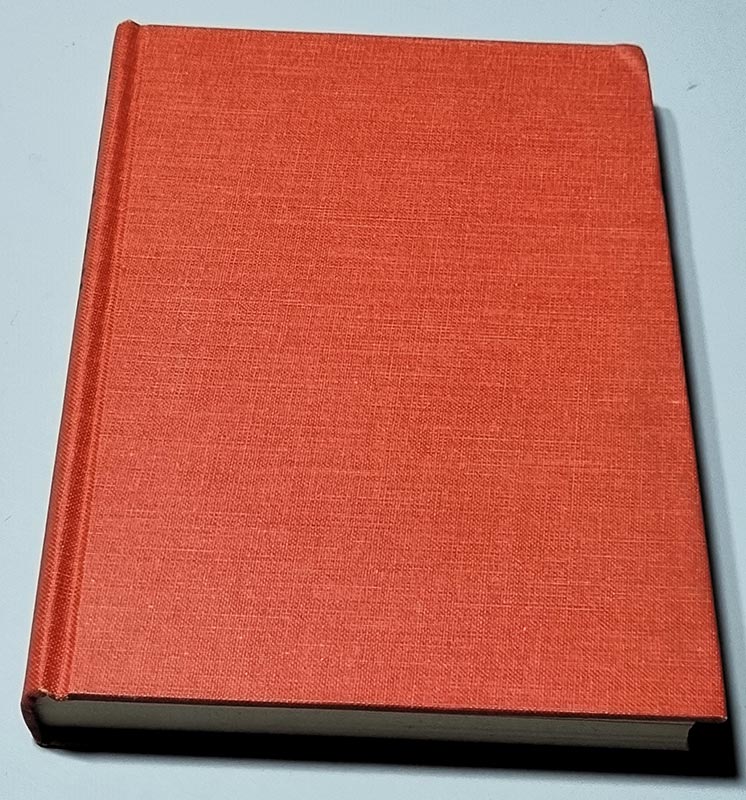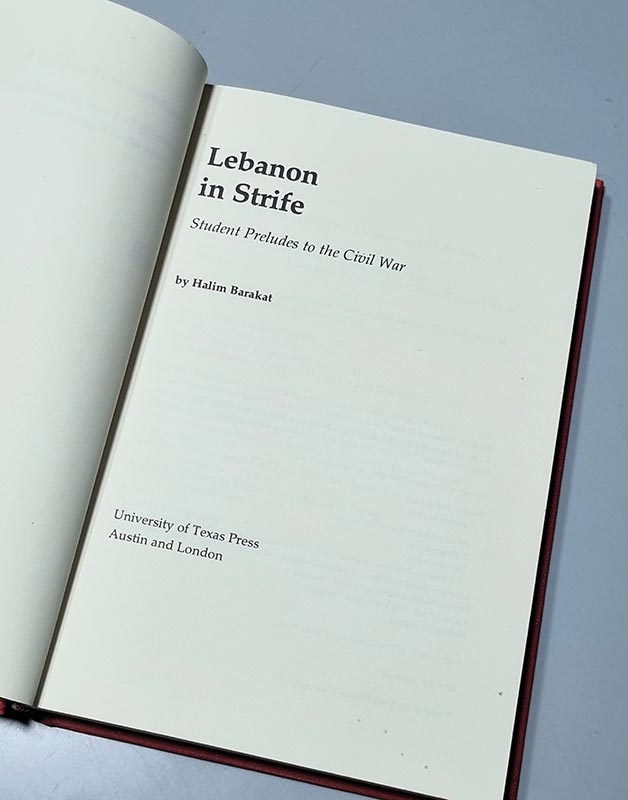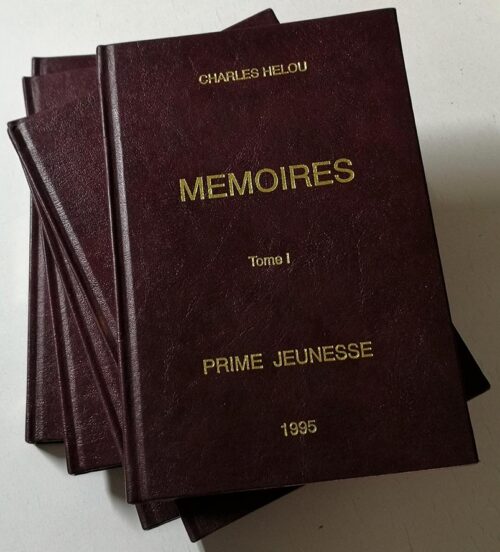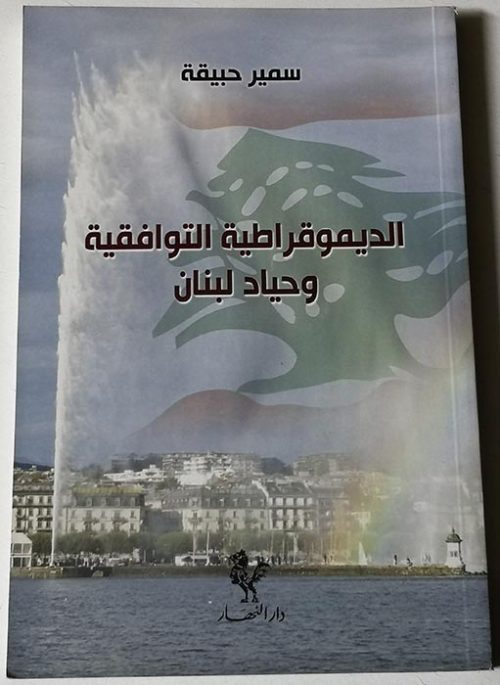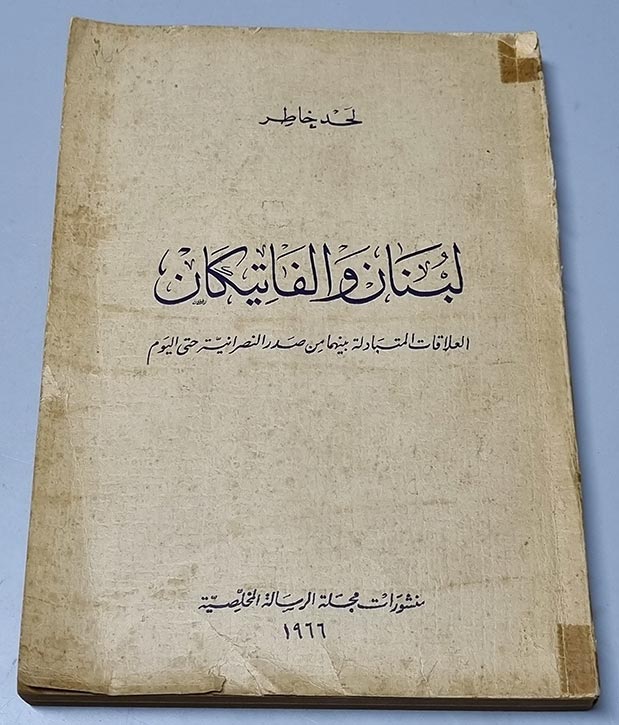Lebanon in Strife – Student Preludes to the Civil War by Halim Barakat.
Lebanon in Strife
$17.50
Description
LebanonPostcard presents the book: Lebanon in Strife – Student Preludes to the Civil War by Halim Barakat – University of Texas Press, Austin, and London – 1977, Hardcover book, 23.5×16 cm, 244 pages.
This work is a witness and a study in anticipation of the Lebanese civil war in the making between 1967 and 1976. During this period I had been collecting documents on the polarizing confrontation, conducting surveys, observing demonstrations and strikes, discussing my findings and interpretations with my students and colleagues, comparing my data with those of similar studies in developed and developing societies, and rewriting previous drafts of the present book.
When the final version of my manuscript was delivered to the press in September 1976 with the understanding that I could not make any more changes, I felt a sort of letdown. It meant delivering a finished product that I saw as yet unfinished. The fact that the civil war itself continued to rage on added to the intensity of my exasperation. The dialogue that I had had with my friends and myself about improving the manuscript had to stop. After I visited Lebanon in late December 1976-early January 1977 I formed several impressions, the following of which may be most pertinent: First, the Lebanese seem to have resumed their old ways and means of doing things without allowing themselves to reflect on previous orientations, including those that contributed to the civil war. Second, the Lebanese government has occupied itself with problems of reconstruction without the benefit of an overall vision for the future. Third, the Syrian forces seem to be in control of the situation, a fact
that allows for relative stability in the immediate future but leaves a lot of questions unanswered in the long run. Fourth, while the Christian traditional leaders have been able to perpetuate themselves or even gain more power to the extent of guaranteeing the ascendancy of their children, the Muslim traditional leaders have lost much of their power and the vacuum waits to be filled. In fact, it became evident that the Muslim communities were represented by externally imposed leaders. To illustrate, the Speaker of the House, Kamil al-Assa’d, who supposedly represented the Shi’ites, sought refuge in the Maronite district of Kisruwan. Fifth, the problem of bridging the deep and wide gaps between the Lebanese communities constitutes the most urgent and challenging task. The psychological wound is so deep that a mental line continues to divide districts and neighborhoods. In the mind of each of the opposed factions, the other side has been dehumanized to the extent of abstraction and, thus, could serve as an easy
target of hatred and cruelty without much remorse of conscience. Sixth, looting during the Civil War was widespread, well-organized, and even rationalized to the extent of legitimation. Along with the arms trade, it may well have contributed to the continuation of the war and determined the areas of engagement (e.g., the Beirut downtown commercial district). Seventh, the Lebanese tend to oversimplify issues related to the explanation of the civil war. The general tendencies are to explain it in terms of one single factor; to blame events on the other side; to stress different or even conflicting factors on different occasions; to be immersed by local and immediate conditions; and to operate under constant pressure to project a false image of high morale. Simply, the ship continues to travel over stormy seas without a chart or sense of direction.
This study was profoundly influenced by a climate of political and social unrest following the June War of 1967 and began in response to several intriguing questions: What makes Arab society unable to face up to trying challenges? How can Arabs transcend their conditions? What makes Arab systems and institutions so repressive? How can they be changed? What is the role of youth in a changing society? What myths disguise reality?
My critical perspective must be traced to my identification with the uprooted, destitute, deprived, and humbled as well as to my affiliation with a transitional society struggling to transcend its underdevelopment. This is in no way a confession or an apology for my critical approach, but rather an explanation and a call for understanding.
My thanks go to the numerous friends who helped immensely in a variety of ways to bring about this work. I am thankful to Hanan Musallam, who assisted in the collection and processing of the data, and to Professor Robert Fernea for his valuable suggestions. I am also indebted to the valuable suggestions of the unknown reviewers of my manuscript for the University of Texas Press.
My special appreciation goes to Marilyn Duncan for the excellent job she did in editing the manuscript. I am also grateful to my editor at the University of Texas Press, Carolyn Cates Wylie, for her diligent work in the course of the latest revisions. My nephew, Bernard Doumani, has helped in preparing the index. I wish also to mention that my conversations with my friends Munir Bashshur, Peter Dodd, Hisham Sharabi, and several others have been a source of much of my speculation.
Finally, this book is dedicated to my wife, Hayat, for her constant contributions to the enrichment of my life, and to my students who gave their lives for what they believed to be true and just.
H.B. January 1977
LebanonPostcard will be responsible for sending the book you order, through a fast courier with a tracking number, guaranteeing reception of the package. The book may take between two and five days to arrive, according to the country it is sent to
Additional information
| Weight | 0.8 kg |
|---|---|
| Dimensions | 1 × 1 × 1 cm |
Related products
-
Mémoires – Charles Helou
$55.00 -
كتاب لبنان والفاتيكان
$10.50


